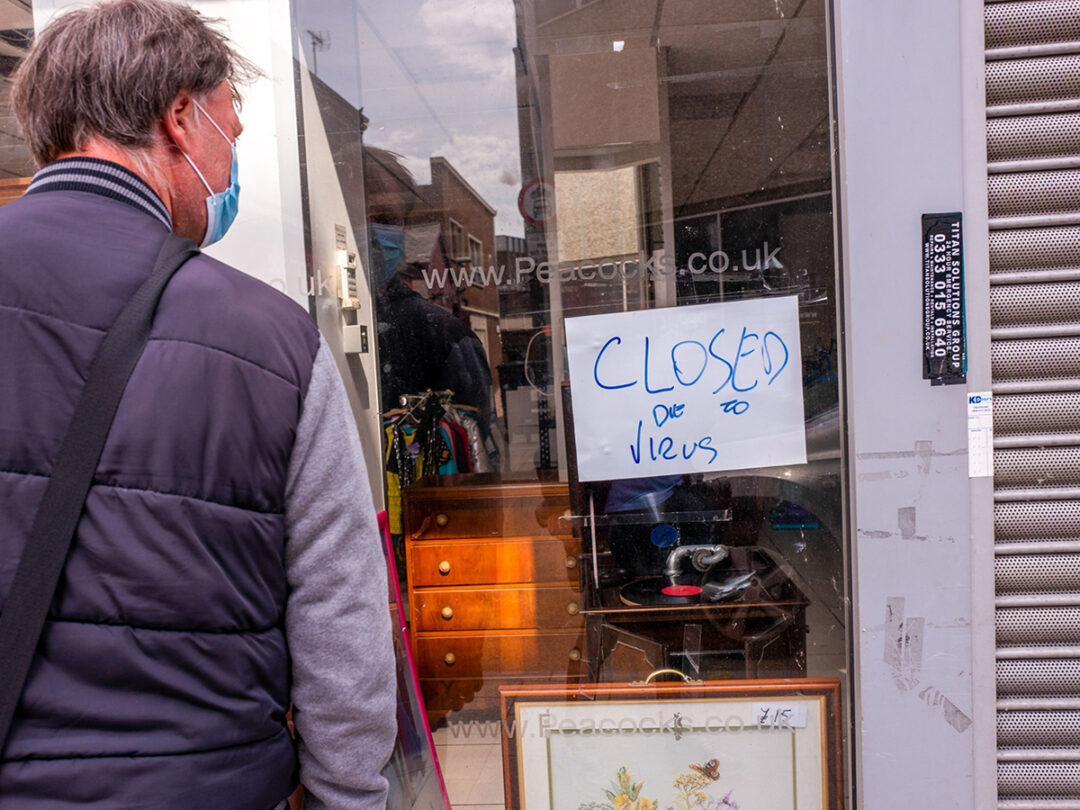
If COVID-19 has taught organizations anything about their supply chains, it’s that the majority weren’t prepared for the challenges they would face during this pandemic.
Many companies have experienced massive revenue losses and layoffs. They’ve had to take a deep dive into how they’re spending their capital, and understanding what changes are needed to stay afloat and keep customers satisfied.
A recent survey by Verusen found that only 10% of companies felt fully prepared for the impact that the coronavirus would have on their organizations. They ranged in size, location and industry, with the bulk of responses coming from North America.
While the majority of respondents initially rated their supply-chain maturity levels as “high” or “highest,” COVID-19 quickly exposed areas that needed improvement, and gaps that needed to be filled.
“The challenge for companies will be to make their supply chains more resilient without weakening their competitiveness,” Harvard Business School Professor Willy Shih said. “To meet that challenge, managers should first understand their vulnerabilities and then consider a number of steps — some of which they should have taken long before the pandemic struck.”
After the survey was completed, it was apparent that most companies have been in two distinct strategy modes. The first is the “keep-the-boat-afloat” mentality, which entails spending strictly on critical and direct and indirect materials. The second aims to protect supplies of raw materials and components by building a new, more resilient global supply-chain strategy.
Additional key findings of the survey include:
- During the first 60 days of the pandemic, the number-one priority for supply-chain organizations was to preserve cash and manage working capital. As of now, this focus seems to have shifted toward workforce planning and managing tier-1 supplier risk. With no end to the pandemic in sight, companies are adapting to the new norm, implementing solutions rather than trying to maintain what they had.
- Around 71% of supply-chain professionals felt that managing associated data and indirect material management was an important optimization strategy during the pandemic. Only a handful of organizations believed they had a good handle on their indirect-materials optimization, and had addressed the need for solutions to their lack of clean data.
- Sixty-one percent of organizations were still relying on in-house knowledge and common tools such as Excel spreadsheets to manage their indirect-material optimization. Most lacked specific optimization technology i help advance their initiatives.
- Before the pandemic, only a third of the companies surveyed were using artificial intelligence in some way for inventory data and optimization of materials.
As the world continues to embrace new technologies that can help streamline and enhance old-school processes, the supply-chain industry should be no exception. While the buzz about AI continues, those working within the supply chain should beware of technology that claims to use advanced AI without years of learning to back it up.
For those who conduct due diligence and properly select the right technology for their specific needs, AI technology can make a world of difference in helping to transform data management and inventory processes. COVID-19 has shown that optimizing the future state of materials inventory management is essential to saving costs and reducing working capital.
Digital transformation technology should show a return on investment immediately, rather than in months or years. If you decide to use AI, make sure to implement a technology that is always learning, and has the data to prove its effectiveness.
Paul Noble is founder and CEO of Verusen.







